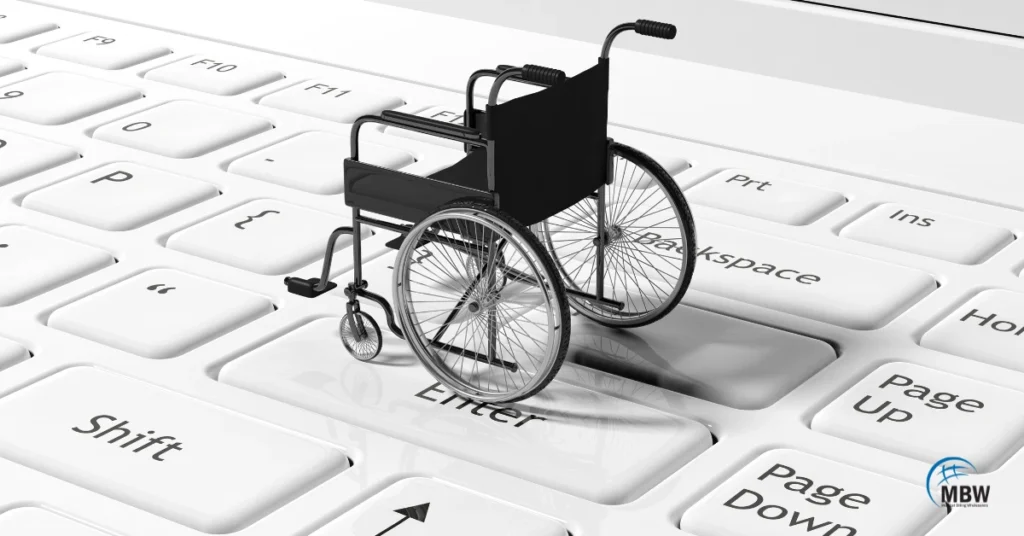
In the realm of healthcare, Durable Medical Equipment (DME) stands as a pillar of support, furnishing indispensable tools and resources for both short-term and extended care needs. As the backbone of patient care, DME billing embodies a labyrinth of complexities, where every detail matters. At the heart of this intricate process lie modifiers—silent guardians that wield significant influence over claims processing and reimbursement. Read more as we unravel the mysteries of DME billing together.s, pulvinar dapibus leo.
What Are Modifiers in Medical Billing?
Modifiers are essential components of the medical billing process, providing additional information about procedures, services, or supplies rendered to patients. They help clarify the nature of services provided and ensure accurate reimbursement. Here are some key aspects of understanding the proper use and significance of modifiers in the billing process.
Ideal Use of Modifier 59, XE, XP, XS, XU
Modifiers such as 59, XE, XP, XS, and XU are vital components of medical billing, each serving a unique purpose in clarifying procedures and services rendered to patients.
Modifier 59: This modifier plays a crucial role in distinguishing between separate and distinct procedures or services performed during the same encounter.
Understanding XE, XP, XS, XU: These modifiers serve various purposes, from indicating separate encounters to denoting distinct anatomical sites or different practitioners. Familiarizing oneself with the appropriate usage of each modifier is essential for accurate claims processing.
Medical Coding Modifiers – CPT, NCCI & HCPCS Level II
Medical coding modifiers are indispensable tools used across different coding systems, including CPT, NCCI, and HCPCS Level II. They provide additional information about procedures and services, ensuring accurate claims processing. Let’s explore this topic further:
Overview of Coding Systems: CPT (Current Procedural Terminology), NCCI (National Correct Coding Initiative), and HCPCS Level II (Healthcare Common Procedure Coding System) are the primary coding systems used in medical billing. Each system has its unique set of modifiers, guidelines, and conventions.
Most Frequently Used CPT Modifiers:
| Code | Description |
|---|---|
| 25 | Notable evaluation and management service that is separately identifiable. This service is provided by the same physician or other qualified health care professional on the same day as the procedure or other service. |
| 26 | Refers to the professional component of a service. |
| 59 | Represents a unique procedural service that is distinct from others. |
Most frequently used HCPCS Level II modifiers:
| Code | Description |
|---|---|
| E1 | Procedure related to the upper left eyelid |
| TC | Technical aspect of a service; in specific scenarios, a fee might apply exclusively to this component. This is signaled by attaching the ‘tc’ modifier to the regular procedure number. Technical component charges are part of institutional fees and are not billed separately by physicians. However, portable x-ray suppliers exclusively invoice for the technical component using the ‘tc’ modifier. The information from these supplier charges is subsequently utilized to construct customary and prevailing profiles. |
| XS | Distinct service known as a separate structure procedure. This service stands out because it was conducted on an individual organ or structure apart from the main procedure. |
Understanding Common Modifiers and Its Categories

Understand the key to (Durable Medical Equipment) DME billing success with tailored modifiers like RR, NU, and UE. These modifiers are specifically tailored for different equipment and services.
RR (Rental)
NU (New Equipment Purchase)
UE (Used Equipment Purchase) is crucial in DME billing.
Categories Utilizing Common Modifiers
Modifiers RR, NU, and UE are applied across various categories. Explore how these modifiers guarantee precise billing.
Oxygen equipment
Capped rental items
Items needing frequent servicing
Routinely purchased items
For capped rental items, modifiers like KH, KI, and KJ indicate different rental periods.
This system ensures precise billing accuracy.
KH: Initial claim & first-month rental.
KI: Second & third capped rental months.
KJ: Fourth to thirteenth capped rental months.
The KX Modifier: Documentation Requirement
The KX Modifier serves as an indicator of the presence of essential documentation on file to substantiate the medical necessity of the Durable Medical Equipment (DME) item.
This modifier applies to a variety of categories, including but not limited to:
Hospital beds
Walkers
Orthopedic footwear
Patient lifts
CPAP machines
Wheelchair seating
Pre-fabricated knee orthoses
Cervical traction units
External infusion pumps
Nebulizers, Commodes, and more.
Right and Left Modifiers
Right and left modifiers are used to specify laterality in medical procedures and services. Understanding the implications of right and left modifiers is crucial for accurate billing and treatment planning.
RT: Right
LT: Left
RT and LT modifiers can be used for the following categories:
External breast prosthesis
AFO/ KAFO
Orthopedic footwear
Eye prosthesis
Lower limb prosthesis
Therapeutic shoes for diabetic persons
Wheelchair options/ accessories
Here’s a closer look:
Understanding Laterality: Exploring the concept of laterality in medical billing and its relevance in Durable Medical Equipment procedures.
Clinical Implications: Discuss how right and left modifiers influence treatment plans and billing accuracy.
Modifiers for Complex Power Wheelchairs

Billing for complex power wheelchairs involves specialized modifiers that indicate whether a member elects to purchase or rent the equipment. Proper understanding and application of these modifiers are essential for accurate billing.
BP: Elected to purchase by the member
BR: Elected to rent by the member
Maintenance, Servicing, and Replacement
Maintenance and servicing of Durable Medical Equipment items are critical for ensuring their longevity and effectiveness. Proper billing procedures for maintenance and replacement services are essential for accurate reimbursement.
Here’s what you need to know:
Importance of Maintenance: Highlighting the significance of maintenance services for DME items and their impact on claims processing.
Replacement Procedures: Explaining the billing procedures for Durable Medical Equipment replacement due to wear and tear or damage.
Also, check the Frequently Asked Questions about DME Billing.
Place of Service for DME Billing

The place of service holds significant importance in DME billing, as it affects reimbursement rates and guidelines. Proper designation of the place of service is essential for accurate claims processing.
Here’s what you need to know:
Navigating Medicare Requirements: Tips for adhering to Medicare guidelines regarding place of service designation for accurate claims submission.
Avoiding Common Errors in DME Billing
In the realm of (Durable Medical Equipment) DME billing, navigating the intricate landscape can often be fraught with challenges. Common errors, ranging from inaccurate coding to incomplete documentation, can lead to claim rejection or denial, ultimately impacting revenue and patient care. Healthcare providers must remain vigilant and proactive in addressing these challenges to ensure seamless billing processes and optimal patient outcomes.
Let’s explore some key subtopics:
Accurate Coding Practices: Ensuring proper assignment of codes and modifiers to accurately reflect the services rendered and meet payer guidelines.
Comprehensive Documentation: Emphasizing the importance of thorough documentation to support medical necessity and justify billed services.
Timely Claims Submission: Highlighting the significance of submitting claims promptly to avoid delays and minimize the risk of denials.
Adherence to Payer Policies: Staying informed about payer policies and guidelines to prevent errors and ensure compliance with billing regulations.
By leveraging comprehensive resources, staying abreast of industry updates, and fostering a culture of continuous improvement, providers can mitigate risks and streamline their DME billing operations for sustained success.
Top DME Denial reasons
| Reason Code | Remark Code | Reason |
|---|---|---|
| 4 | N519 | HCPCS code is inconsistent with modifier used or required modifier is missing |
| 5 | M77 | The procedure code/bill type is inconsistent with the place of service Missing/incomplete/invalid place of service |
| 16 | M60 | Claim/service lacks information or has submission/billing error(s) Missing Certificate of Medical Necessity |
| 16 | M124 | The item billed does not have base equipment on file. The main equipment is missing therefore Medicare will not pay for supplies |
| 16 | MA13 | Item(s) billed did not have a valid ordering physician name |
| N264 | ||
| N575 | ||
| 35 | N370 | Maximum rental months have been paid for the item. |
Conclusion
In the ever-evolving landscape of healthcare, modifiers stand as guardians, guiding providers through the billing complexities. Understanding their nuances is not merely a matter of compliance but a testament to the dedication to patient care. As we navigate the terrain of DME billing in 2024 and beyond, let us forge ahead with clarity, precision, and unwavering dedication to excellence.

